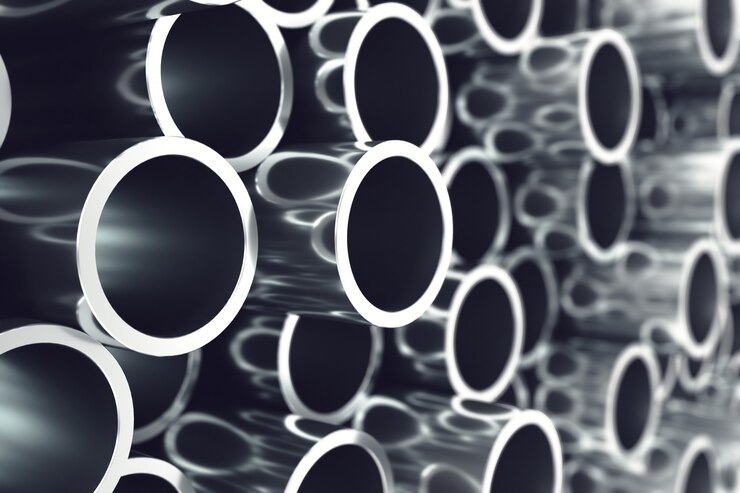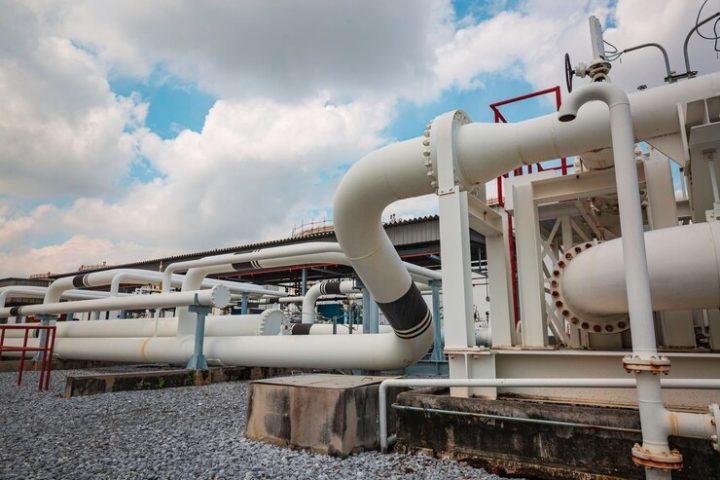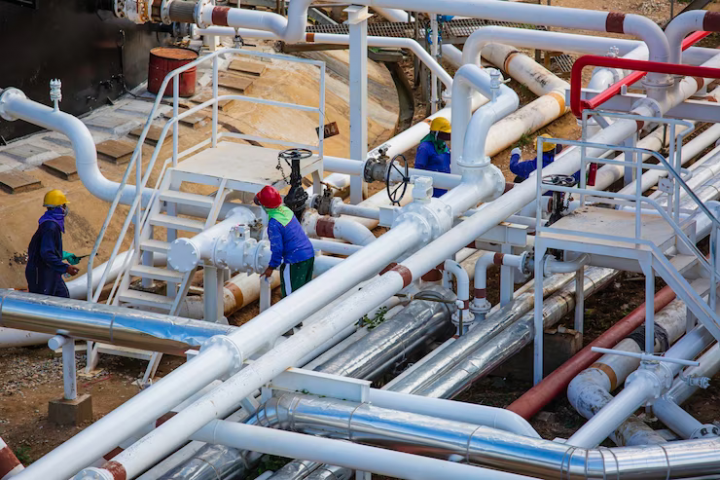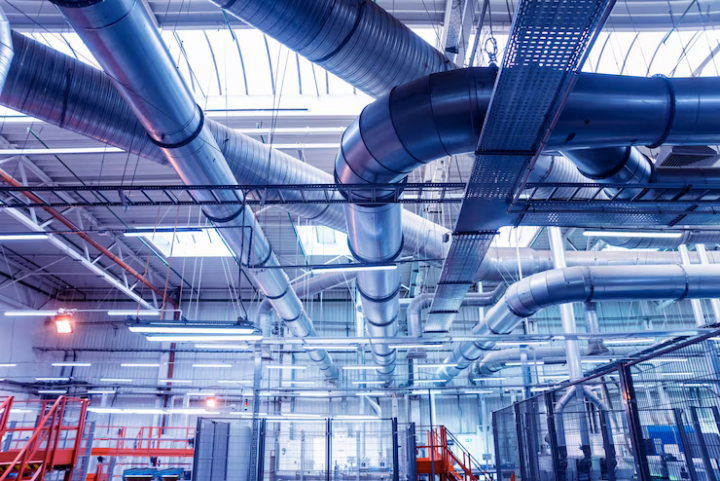Introduction
Proper installation of pipe fittings is crucial for the efficient functioning and longevity of a plumbing system. Whether you’re a seasoned plumber or a DIY enthusiast, avoiding common mistakes during installation is essential to prevent leaks, maintain water pressure, and ensure the overall integrity of your plumbing. In this blog post, we’ll explore five common mistakes to avoid when installing pipe fittings.
1. Neglecting Proper Measurement and Planning
One of the most frequent mistakes in pipe fitting installation is neglecting the importance of accurate measurements and comprehensive planning. Before starting any installation project, take the time to measure and plan meticulously. This includes determining the correct pipe size, understanding the layout of your plumbing system, and identifying the type of fittings required.
Failure to measure accurately can lead to mismatched fittings, leaks, and reduced system efficiency. A comprehensive plan should consider the optimal placement of fittings, the direction of flow, and potential obstacles in the installation area. Investing time in precise measurements and planning will save you from headaches and costly repairs down the line.
2. Incorrect Pipe Material Selection
Selecting the right material for your pipes and fittings is critical for the success of your plumbing system. Different materials offer varying degrees of durability, corrosion resistance, and cost-effectiveness. Common materials for pipes and fittings include copper, PVC, PEX, and galvanized steel.
One common mistake is using incompatible materials or failing to consider the specific requirements of the plumbing system. For example, mixing metals like copper and galvanized steel can result in corrosion due to electrolysis. Additionally, using the wrong material for the intended purpose can lead to premature wear and leaks.
Before purchasing materials, carefully assess the needs of your plumbing system and choose materials that are compatible with each other. Consult with a professional if you’re uncertain about which materials to use for your specific project.
3. Improper Tightening of Fittings
Properly tightening pipe fittings is crucial to prevent leaks and ensure the stability of the plumbing system. Over-tightening or under-tightening fittings can lead to a range of issues, including stripped threads, leaks, and potential damage to the fittings themselves.
Over-tightening fitting is a common mistake that can cause deformation, cracking, or stripping of threads. This can compromise the seal between the pipes and fittings, resulting in leaks. On the other hand, under-tightening may not create a sufficient seal, also leading to leaks over time.
To avoid these issues, use the recommended tools and follow the manufacturer’s guidelines for tightening fittings. Hand-tighten fittings initially, and then use a wrench to make the final adjustments. Be cautious not to exert excessive force, and stop tightening as soon as a snug fit is achieved.
4. Neglecting to Use Thread Sealant or Teflon Tape
An often overlooked but critical step in pipe fitting installation is the application of thread sealant or Teflon tape. These materials help create a tight seal between threaded fittings, preventing leaks and ensuring the integrity of the plumbing system.
Some DIY enthusiasts or even professionals may skip this step, thinking it’s unnecessary. However, even with perfectly matched threads, using a thread sealant or Teflon tape adds an extra layer of protection against leaks, especially when dealing with high-pressure systems.
When applying thread sealant or Teflon tape, ensure that it is wrapped around the threads in the correct direction. This typically means applying it clockwise when looking at the end of the pipe or fitting. Follow the manufacturer’s instructions for the specific sealant or tape you are using, as different products may have different application methods.
5. Ignoring Expansion and Contraction
Pipes are subject to temperature fluctuations, and ignoring the potential for expansion and contraction can lead to serious issues in your plumbing system. When pipes heat up, they expand, and when they cool down, they contract. If this natural movement is not accounted for during installation, it can result in stress on the fittings, leading to leaks or even pipe failure.
To accommodate expansion and contraction, it’s crucial to leave some play in the system. Avoid rigidly fixing pipes and fittings in place without allowing room for movement. Expansion joints, flexible connectors, and other specialized fittings can be used to absorb the stress caused by temperature variations, ensuring the longevity and reliability of your plumbing system.
Conclusion
Avoiding common mistakes during pipe fitting installation is essential for the smooth operation of your plumbing system. By taking the time to measure accurately, select the right materials, tighten fittings properly, use sealants, and account for expansion and contraction, you can prevent leaks, ensure system efficiency, and save yourself from the headaches of costly repairs. Whether you’re a DIY enthusiast or a professional plumber, investing the time and effort to install pipe fittings correctly will pay off in the long run, providing a reliable and leak-free plumbing system for years to come.
For quality pipe fittings and a wide range of options, consider sourcing from reputable manufacturers and suppliers. Enggpro is a reliable platform that connects buyers with trusted suppliers in the engineering and manufacturing industry. Explore their offerings to find the right pipe fittings for your project and ensure the success of your plumbing installations. Remember, using high-quality materials and components from reputable sources is a key factor in achieving a durable and efficient plumbing system.



